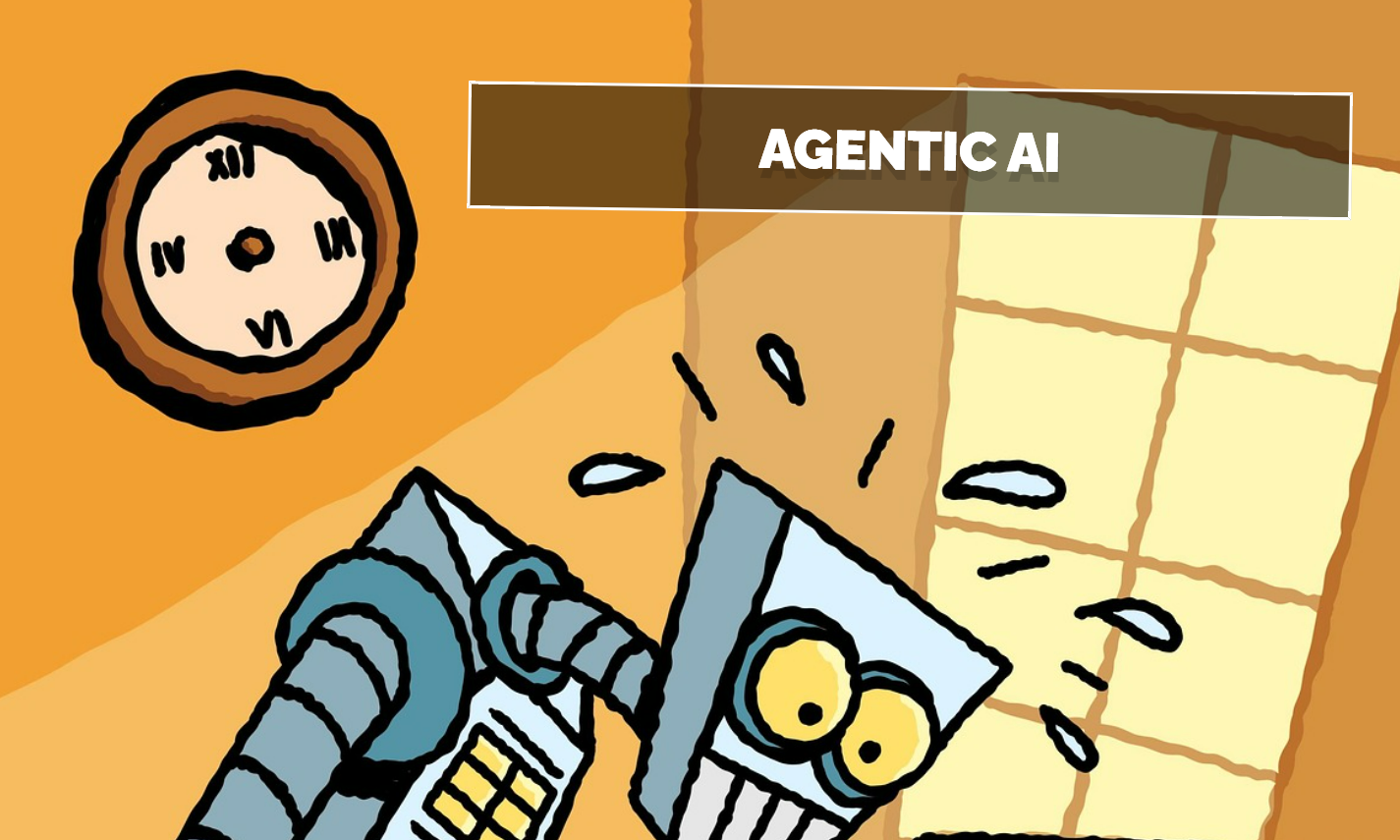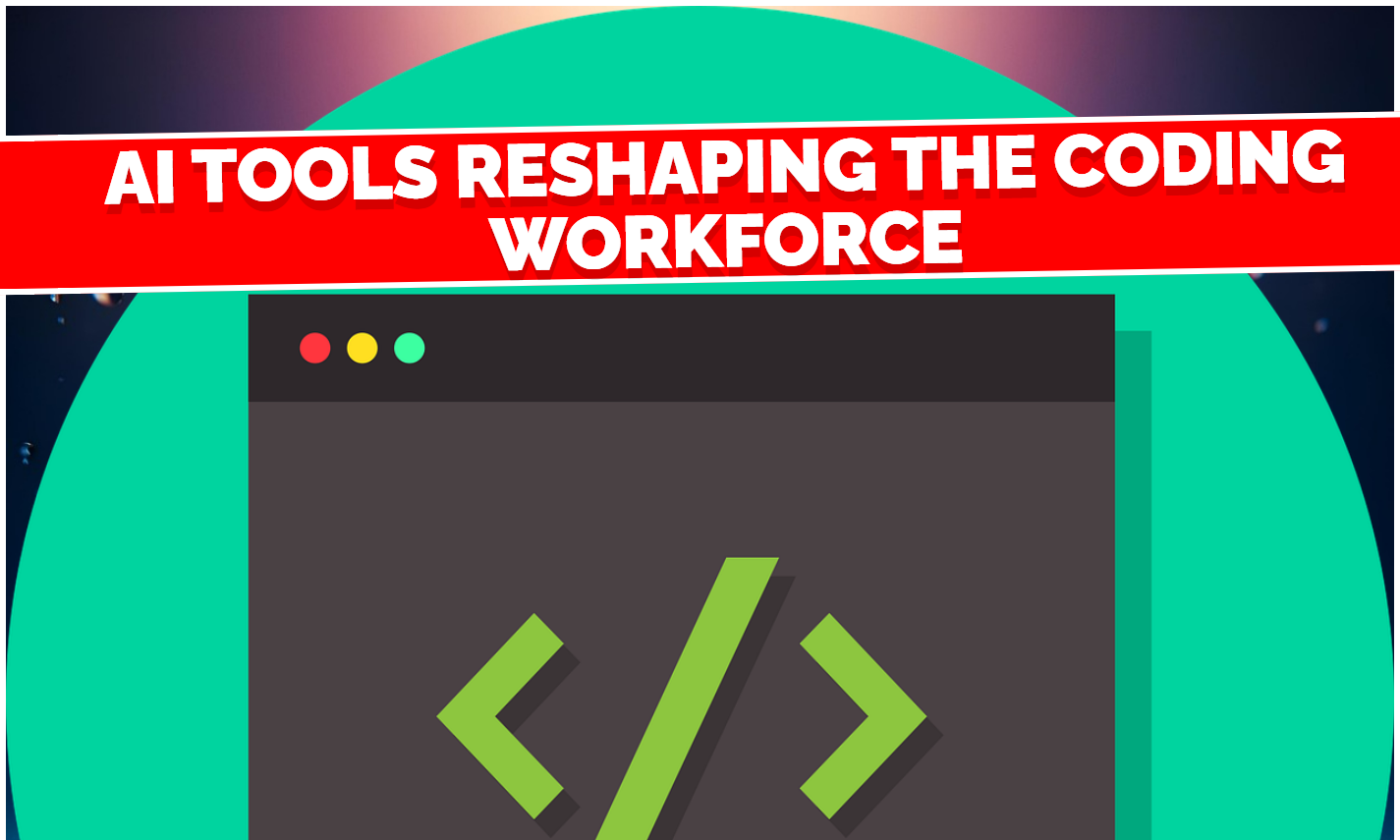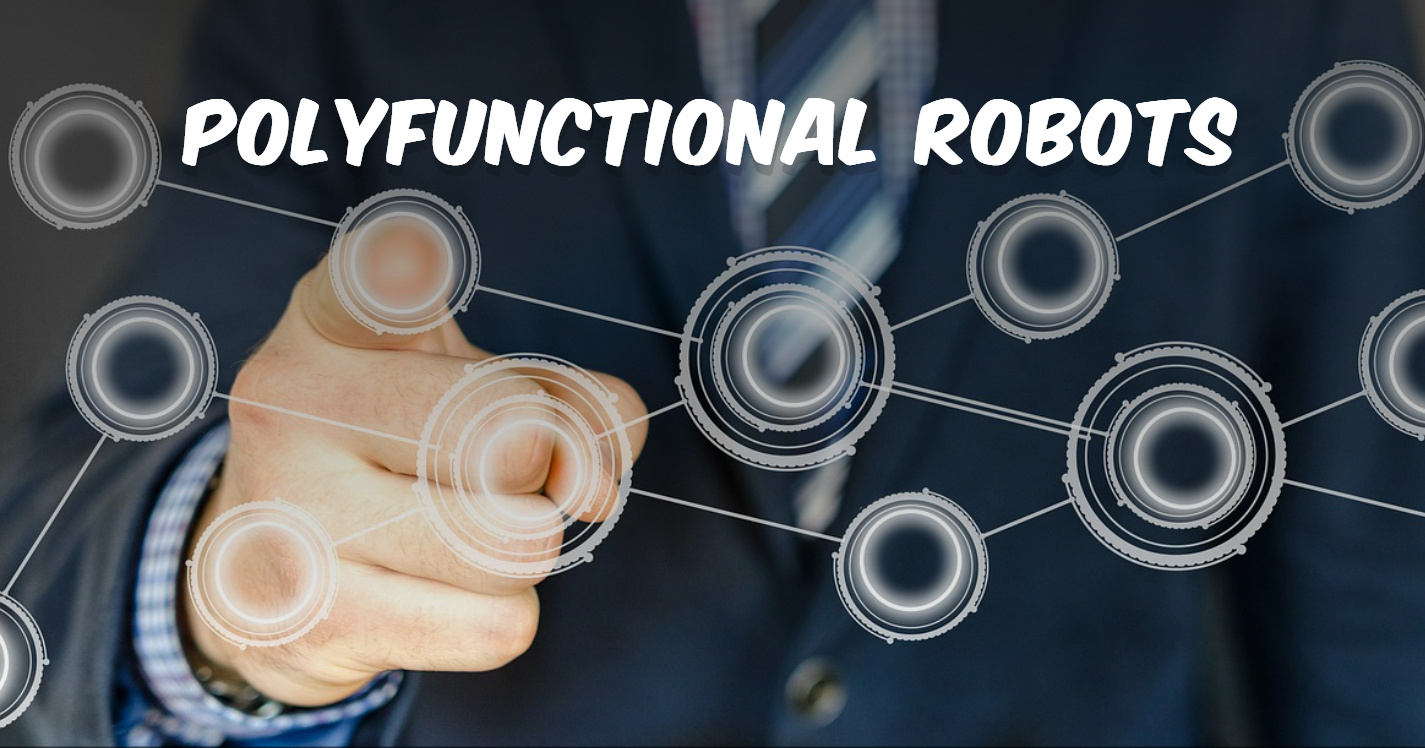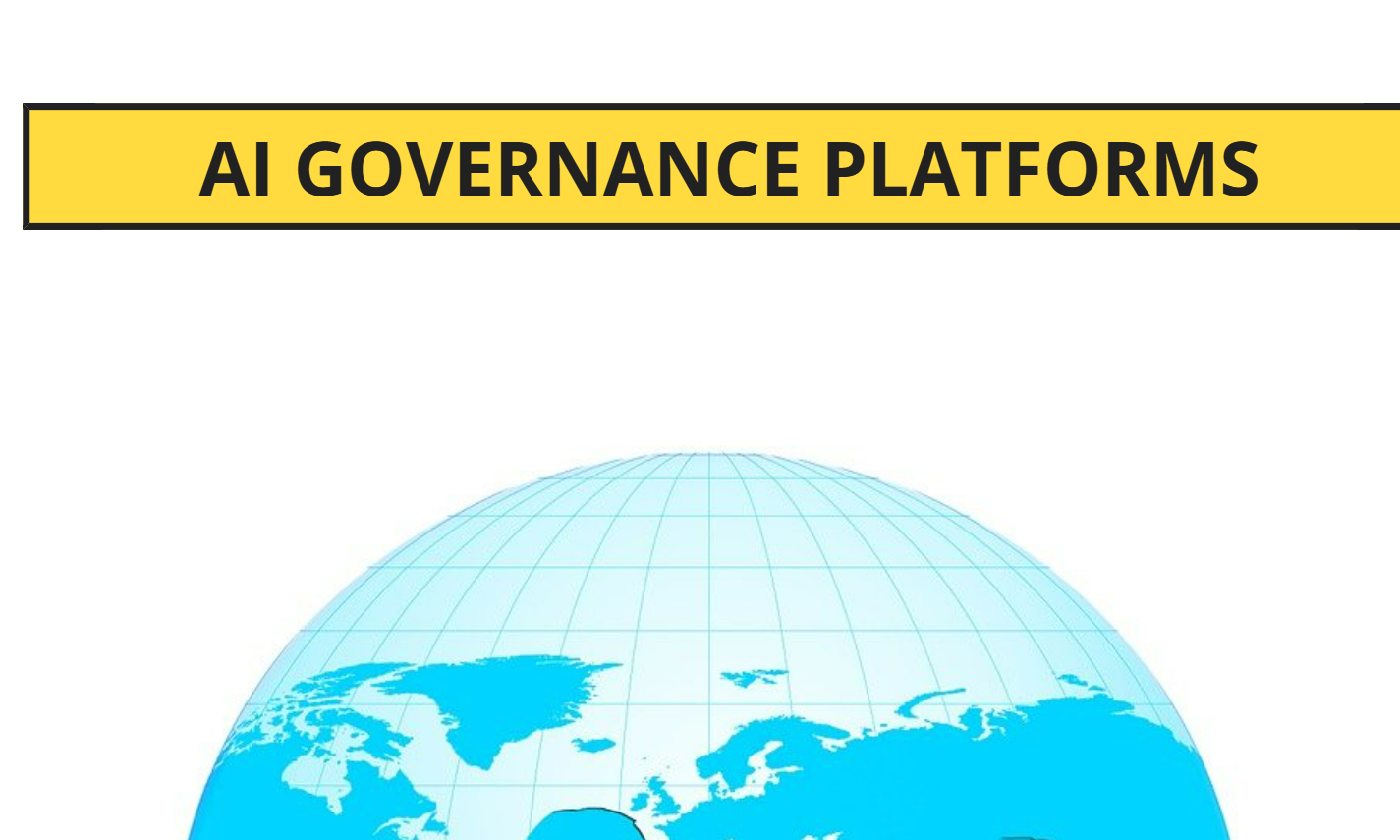In the quickly advancing scene of fake insights, a effective unused concept is starting to take center arrange: Agentic AI. Not at all like conventional AI models that depend on particular prompts and human inputs to work, Agentic AI frameworks work with a degree of independence — competent of setting objectives, arranging errands, and executing them with negligible or no human mediation. This worldview move might rethink the boundaries of mechanization, decision-making, and human-computer collaboration.
What Is Agentic AI?
Agentic AI alludes to AI frameworks outlined to work as independent specialists. These specialists can see their environment, make choices based on those discernments, and take activities to accomplish particular objectives. The term “agentic” stems from the concept of office — the capacity to act freely and make choices.
In differentiate to responsive models (like conventional chatbots or prescient calculations), Agentic AI joins components such as:
- Long-term memory
- Goal-setting mechanisms
- Planning and execution loops
- Adaptive learning from outcomes
Think of it as AI that doesn’t fair react to questions but considers, plans, and acts — all in interest of characterized objectives.
Core Components of Agentic AI
To get it how Agentic AI frameworks work, it’s valuable to break down their commonplace architecture:
1. Perception
Agentic frameworks assemble information from their environment through sensors, APIs, or client inputs. This information shapes the premise of their situational awareness.
2. Planning
The AI distinguishes its objectives, breaks them down into subtasks, and arrangements those assignments consistently. This step regularly includes vital thinking, limitation fulfillment, and energetic re-prioritization.
3. Memory
Unlike inactive models, Agentic AI frameworks regularly keep up diligent memory — permitting them to keep in mind past activities, choices, and results, making strides future performance.
4. Activity Execution
Using devices, APIs, or mechanical technology, the AI acts to fulfill its assignments. These activities can run from sending emails and scratching websites to controlling physical devices.
5. Criticism and Adaptation
Agentic AI learns from the results of its activities. If a errand comes up short or underperforms, the framework adjusts its technique or alters its demonstrate accordingly.
Real-World Examples
Agentic AI is not a removed dream — it’s as of now developing in viable applications:
1. AutoGPT and BabyAGI
These open-source ventures appear early-stage agentic behavior. Given a high-level objective, they can independently break it down, look the web, collect data, and indeed refine their objectives.
2. Mechanical Handle Robotization (RPA) 2.0
Next-gen RPA stages are coordination agentic highlights — like decision-making and setting mindfulness — permitting bots to handle unstructured workflows and adjust to changing inputs.
3. Individual AI Assistants
Systems like Devin, the AI computer program build, and others like Cognosys or SuperAGI, outline what’s conceivable: shrewdly operators that can investigate code, oversee ventures, and run multi-step workflows — all with negligible supervision.
4. Client Service
Agentic AI can handle complex client intuitive by overseeing numerous inquiries, heightening suitably, and learning from rehashed designs to make strides execution over time.
Why Agentic AI Matters
Agentic AI speaks to more than fair mechanical oddity — it’s a foundational move with significant implications:
1. Versatility of Expertise
Imagine having an AI specialist that can imitate the decision-making of a talented proficient — like a legal counselor, advertiser, or investigator. With Agentic AI, organizations can scale such mastery at negligible cost.
2. Decreased Human Oversight
Where conventional mechanization requires steady rule-setting and checking, Agentic AI can learn, self-correct, and advance — making it perfect for energetic situations like fund, coordinations, and cybersecurity.
3. Unused Shapes of Collaboration
These specialists can work with people, not fair for them. By offloading schedule assignments, they free up individuals for higher-level inventive and key work.
Risks and Moral Challenges
As with any capable innovation, Agentic AI comes with its claim set of dangers and challenges:
1. Misalignment of Goals
What happens if an AI confuses its objective or optimizes for the off-base metric? Indeed little misalignments can lead to large-scale blunders if cleared out unchecked.
2. Misfortune of Control
The more independent a framework gets to be, the harder it is to anticipate or review its activities. Straightforwardness and explainability ended up critical.
3. Security Vulnerabilities
Agentic frameworks that can act on the web — sending messages, executing code, or controlling information — may gotten to be targets for noxious utilize or hacking.
4. Work Displacement
As Agentic AI computerizes higher-order assignments, there’s concern approximately the affect on information work, counting programming, substance creation, and venture management.
Building Mindful Agentic AI
To guarantee this innovation benefits society, certain standards ought to direct its development:
- Human-in-the-loop plan: Permitting human mediation in decision-making processes.
- Transparent aim modeling: Making the objectives and plans of the specialist clear to users.
- Ethical systems: Implanting values such as decency, responsibility, and inclination mitigation.
- Audit trails: Logging choices and activities for straightforwardness and compliance.
The Future Outlook
The advancement of Agentic AI is still in its early stages, but the pace is quickening. In the another 5–10 a long time, we can expect:
Personal AI specialists custom-made to people, competent of overseeing everything from funds to wellbeing goals.
Enterprise AI groups that independently facilitate over departments.
Cross-agent biological systems where numerous specialists collaborate and arrange with one another.
Tech monsters like OpenAI, Google DeepMind, Human-centered, and developing new businesses are as of now hustling to construct the framework, models, and conventions that will control these agents.
Final Thoughts
Agentic AI speaks to the following advancement in manufactured insights — one that shifts from detached, prompt-based frameworks to dynamic, goal-driven insights. This change carries enormous potential to reshape businesses, upgrade efficiency, and rethink the nature of human-computer interaction.
But with awesome control comes awesome duty. As we create more competent specialists, guaranteeing they are secure, adjusted, and useful to all will be one of the characterizing challenges of our time.









Leave a Reply